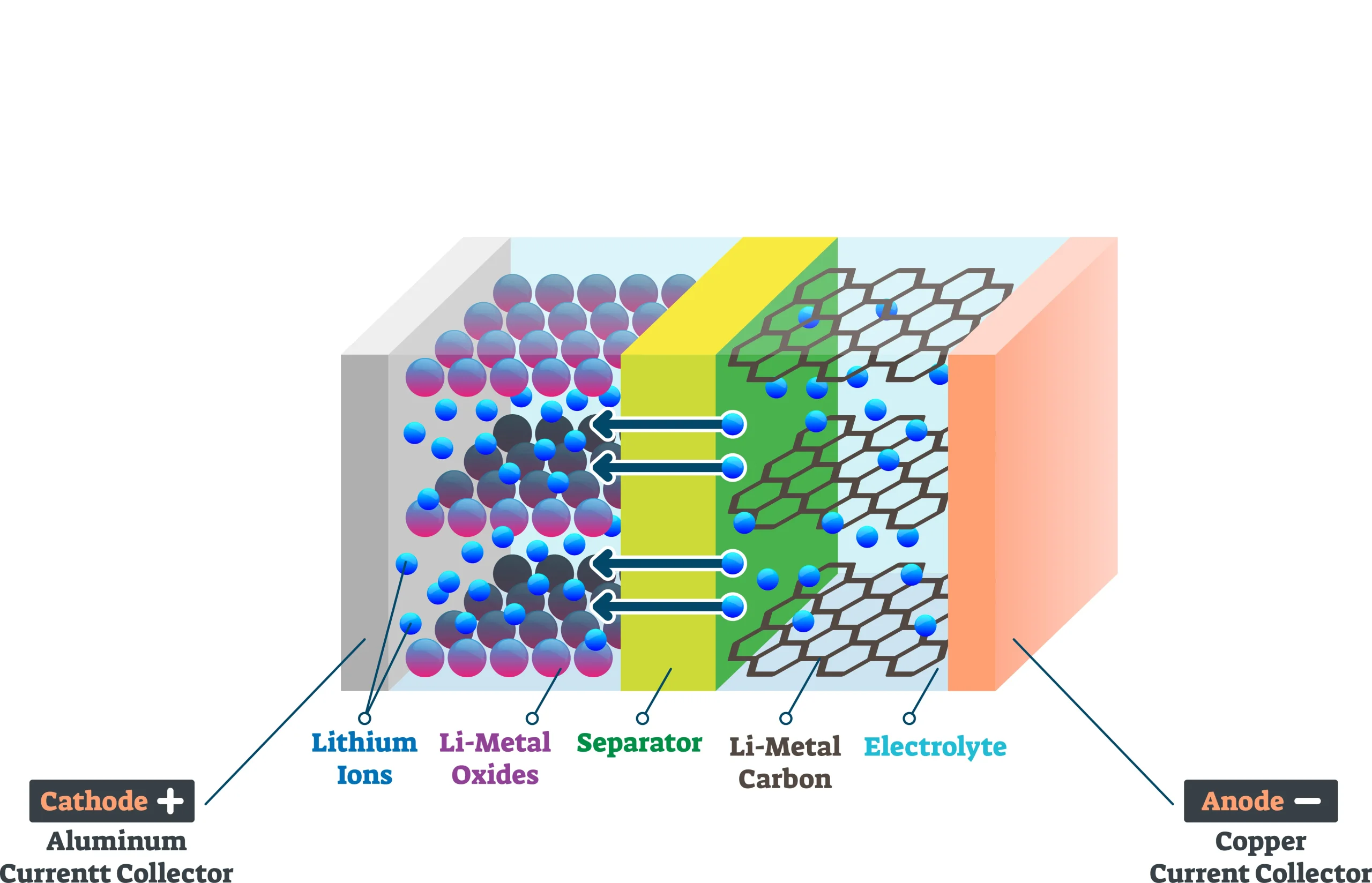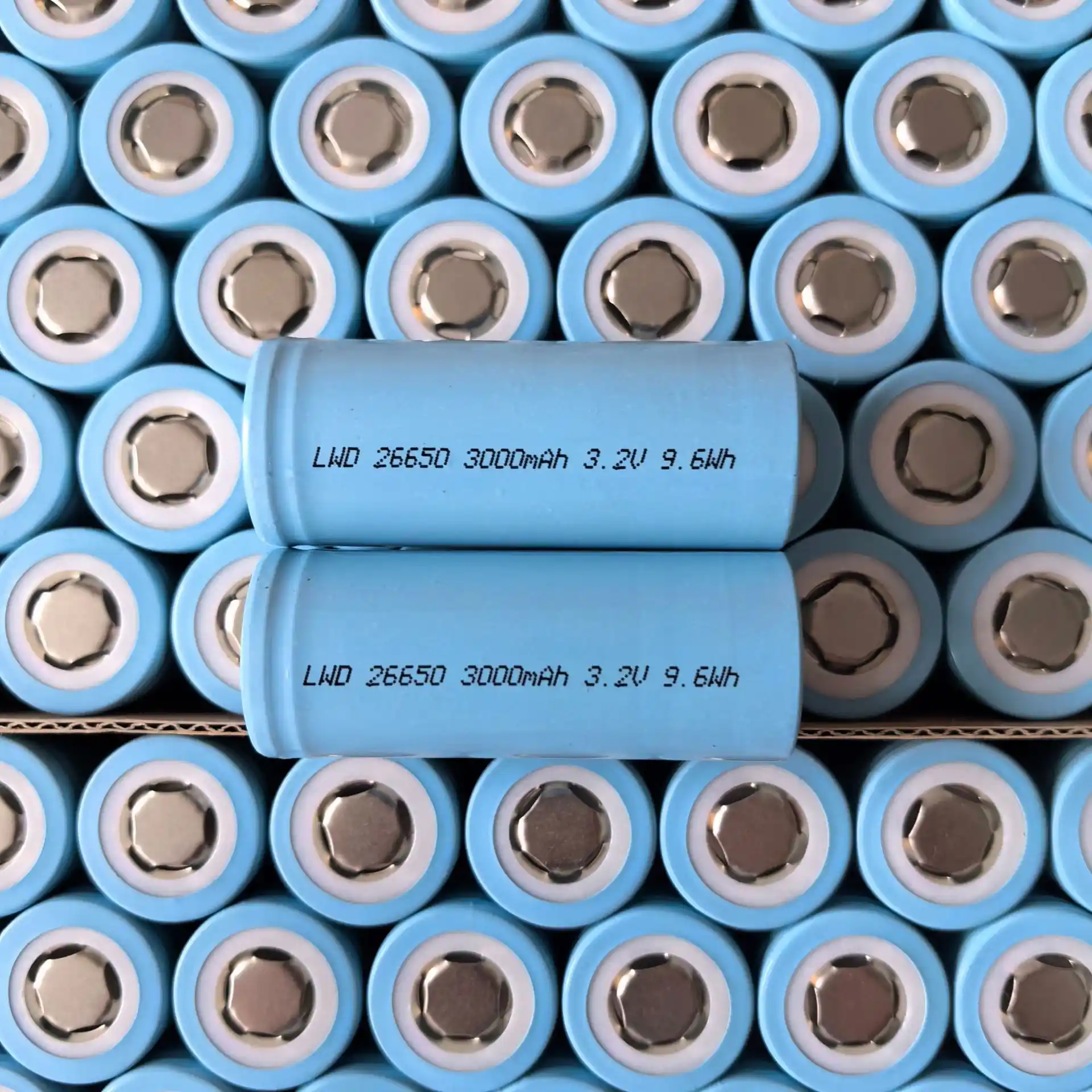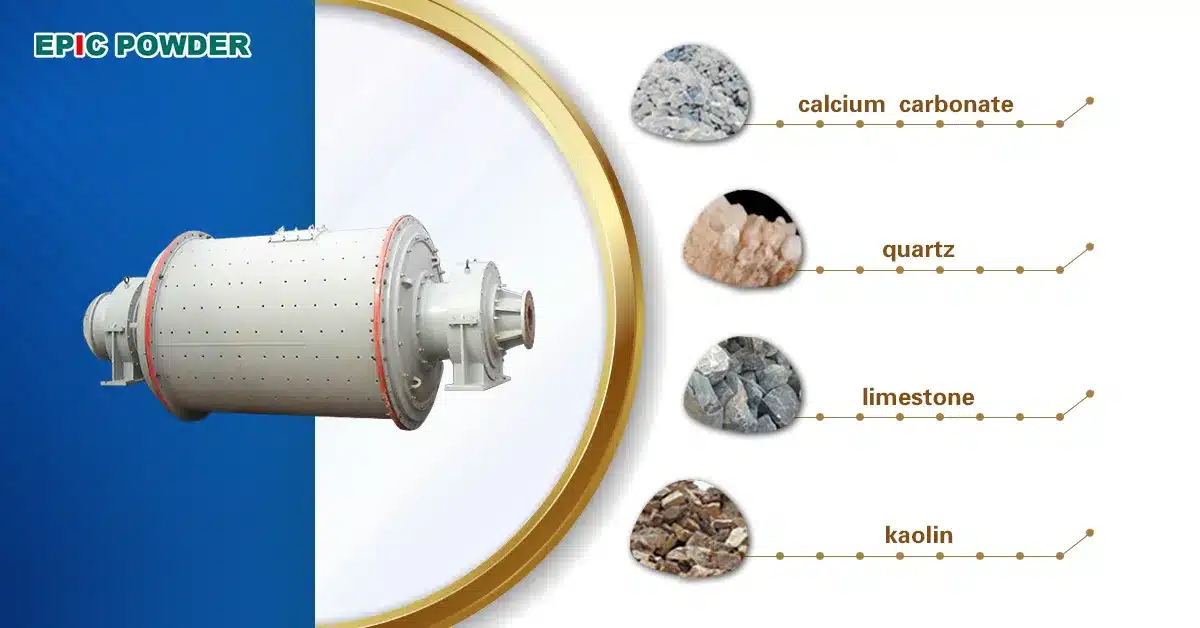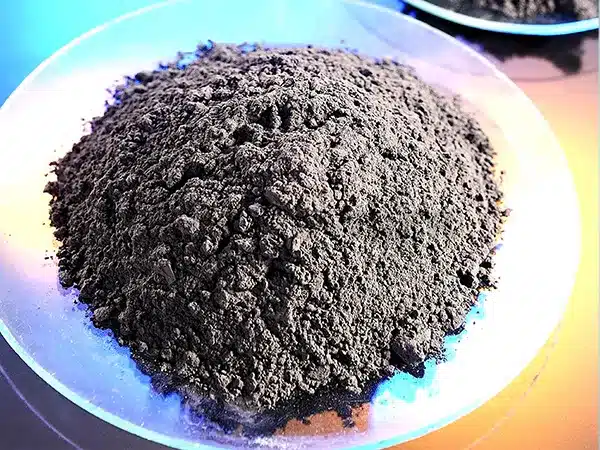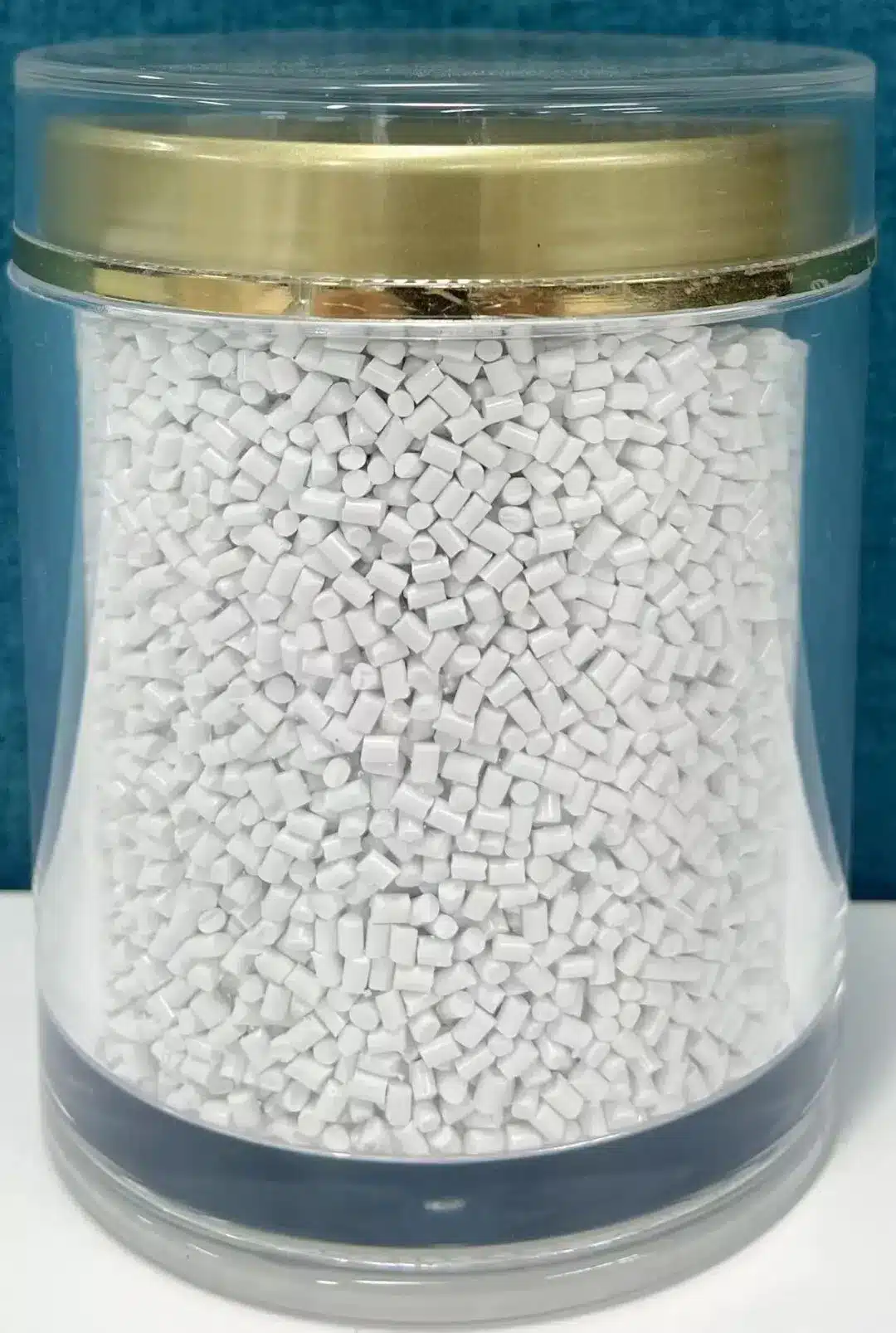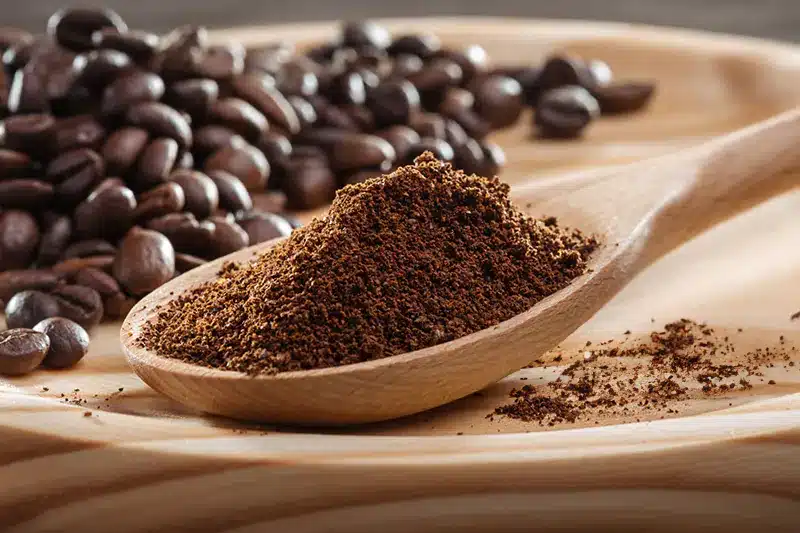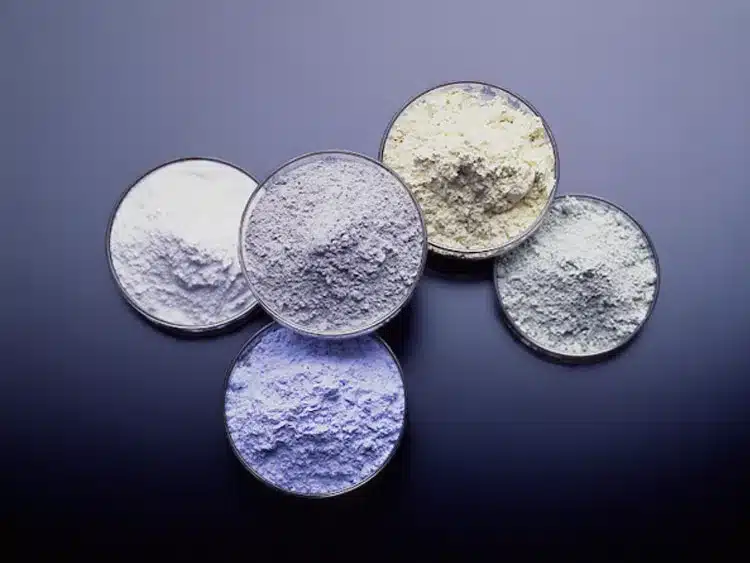The core challenge of maintaining material stability in high shear dispersion lies in the interaction between its physical action mechanism and material properties. This is specifically manifested as follows:
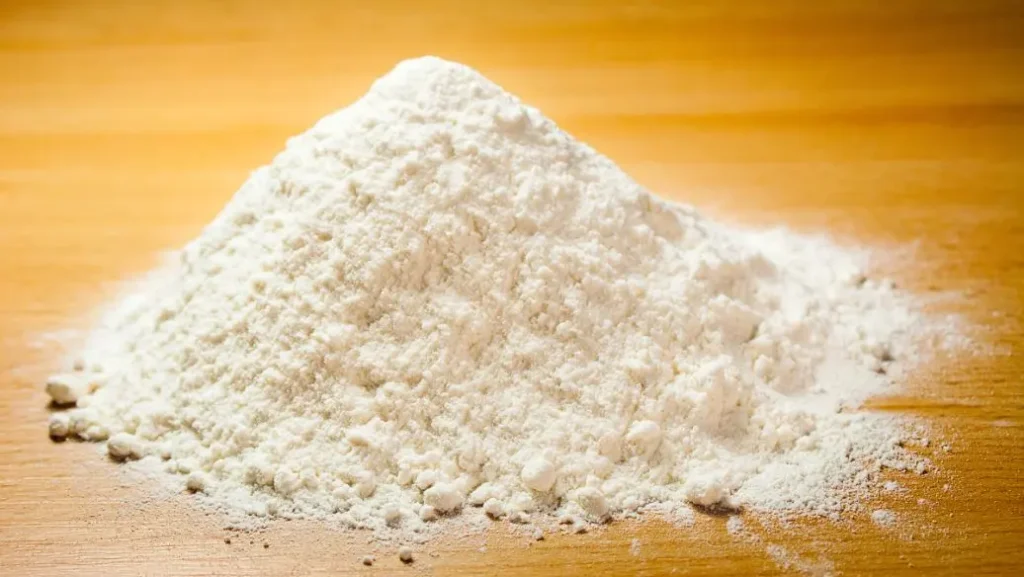
1. Changes in particle surface energy caused by mechanical stress
During high shear dispersion, particles undergo strong shear, impact, and centrifugal extrusion in the stator-rotor gap, increasing surface energy. Agglomerates can be broken quickly, but high-surface-energy particles are prone to re-adsorption by van der Waals forces, leading to secondary agglomeration. For example, nano calcium carbonate dispersed in the HDPE matrix initially disperses well, but enhanced surface activity causes agglomeration during storage.
2. Thermal effects leading to dispersant failure or phase change
The heat generated by friction in the high shear process can exceed 50°C, especially with a small stator-rotor gap. High temperatures can destroy the dispersant molecules’ adsorption layer. For example, polyester dispersants may desorb or degrade under heat, losing their stabilizing effect. In addition, heat-sensitive materials, such as high-molecular polymers, may crosslink or decompose, changing the system’s rheological properties.
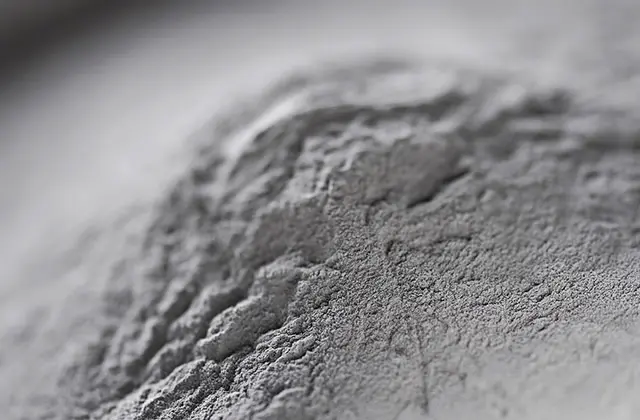
3. Uneven distribution of dispersants and destruction of dynamic equilibrium
High-speed stirring can cause uneven dispersant distribution. High-molecular dispersants may lose their stabilizing effect due to chain breakage under shear. Excessive concentration can lead to the “bridging effect,” promoting flocculation. Once the equipment stops, the shear-driven dynamic equilibrium is lost, causing particle migration and aggregation via Brownian motion.
4. Irreversible changes in particle morphology and interface properties
High shear can damage particles, increasing surface roughness or altering crystal morphology. For example, talc pigments ground by high shear develop cracks at their edges, increasing surface area and accelerating impurity adsorption. Silicone oil-based dispersion media also loses viscoelasticity after multiple shearing, reducing its ability to wrap particles.
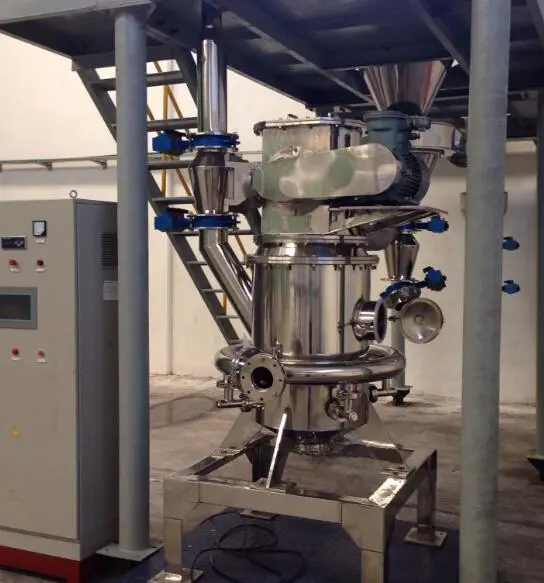
5. Limitations of process parameters and equipment design
The stator-rotor gap, rotation speed, and shear time directly affect dispersion. If the gap is too small or the speed too high, particles may be refined quickly. However, the shear rate can exceed the critical value, increasing the probability of particle collision in the turbulent zone. For instance, when polypropylene/polystyrene blends exceed 720 rpm, excessive shear weakens interface bonding strength, reducing impact toughness.
About Epic Powder Machinery
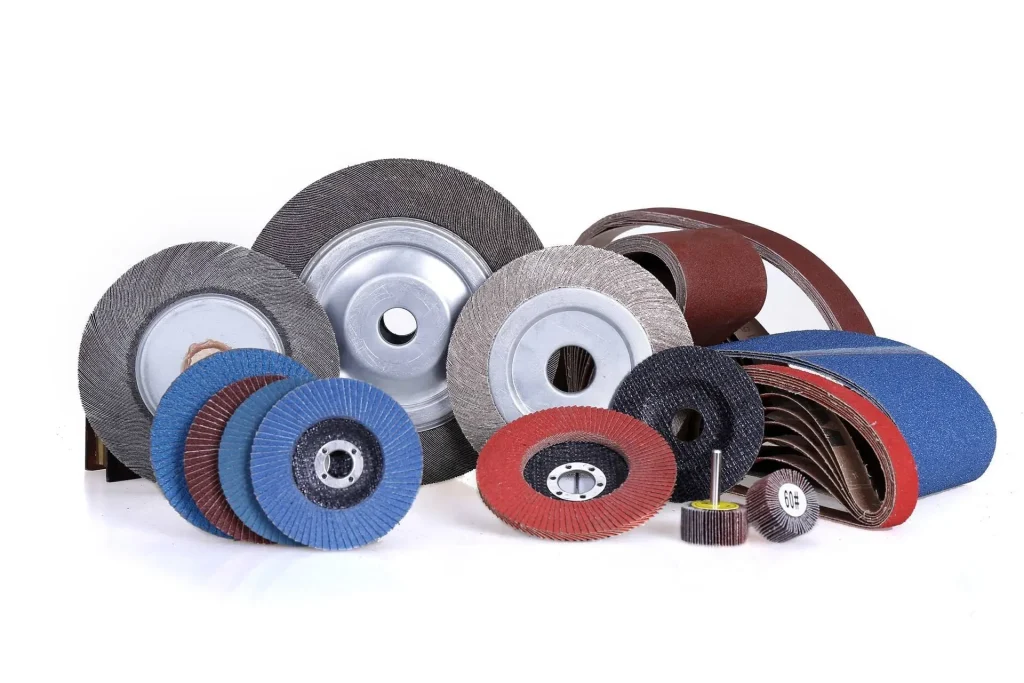
Epic Powder Machinery is a leading manufacturer of jet mills, specializing in providing high-quality solutions for powder processing. With years of expertise and advanced European technology, we are committed to helping you achieve superior dispersion and material stability.
For more information or inquiries, please feel free to contact us. Our team is here to assist you with tailored solutions to meet your needs.


